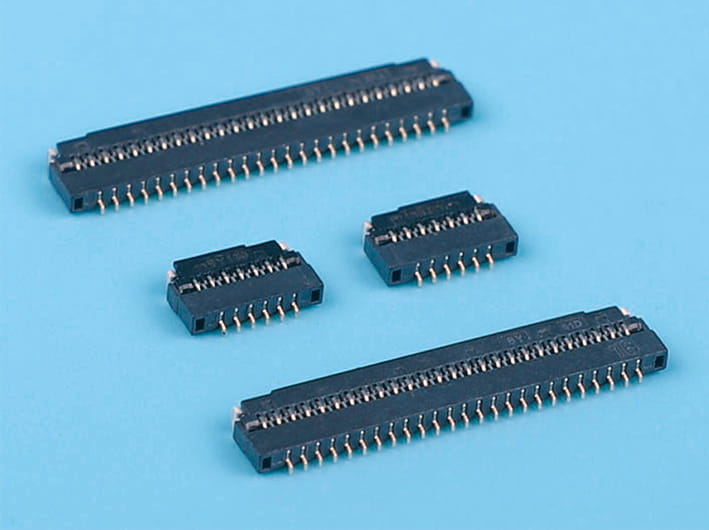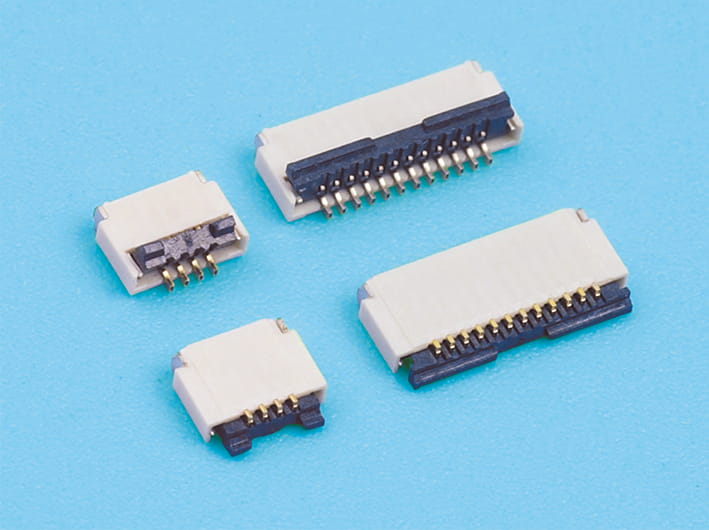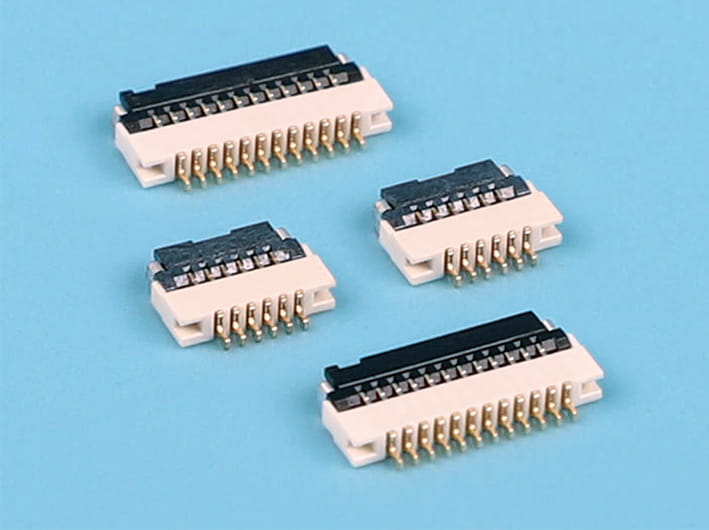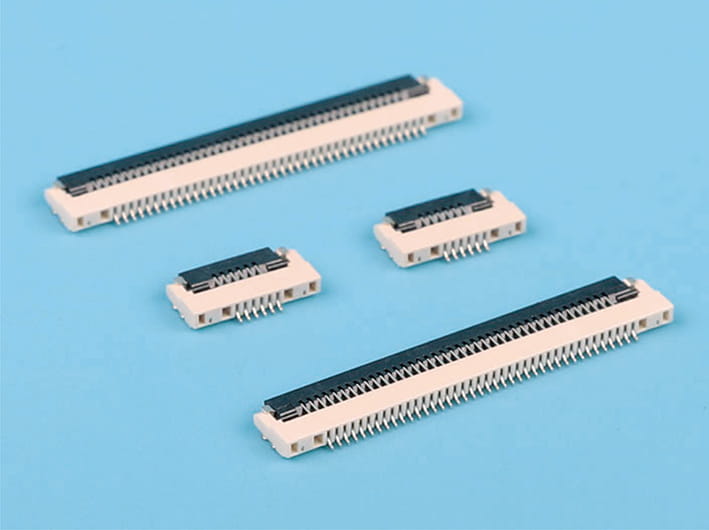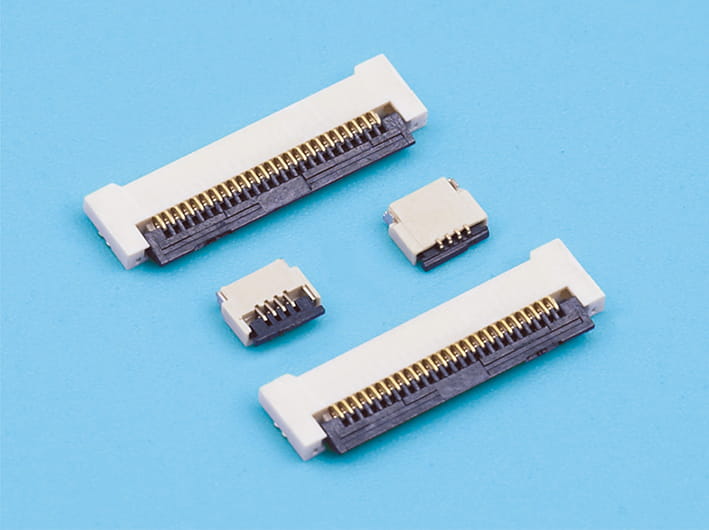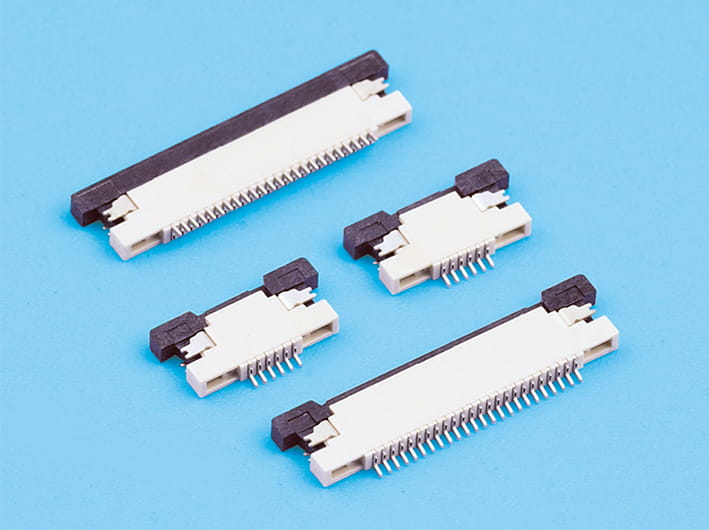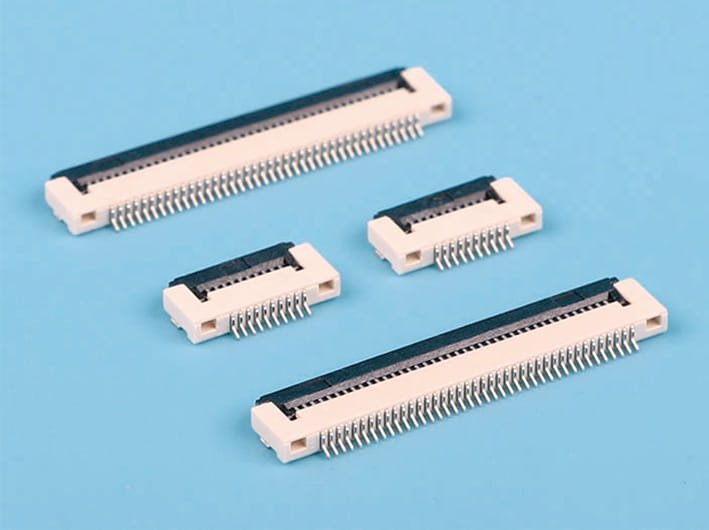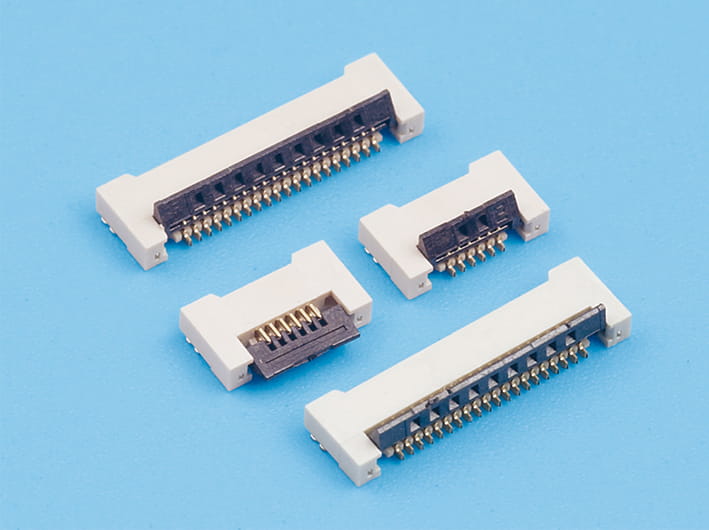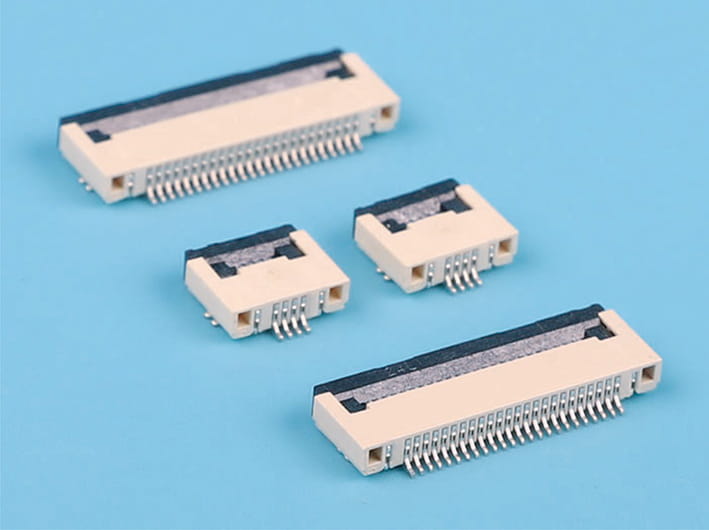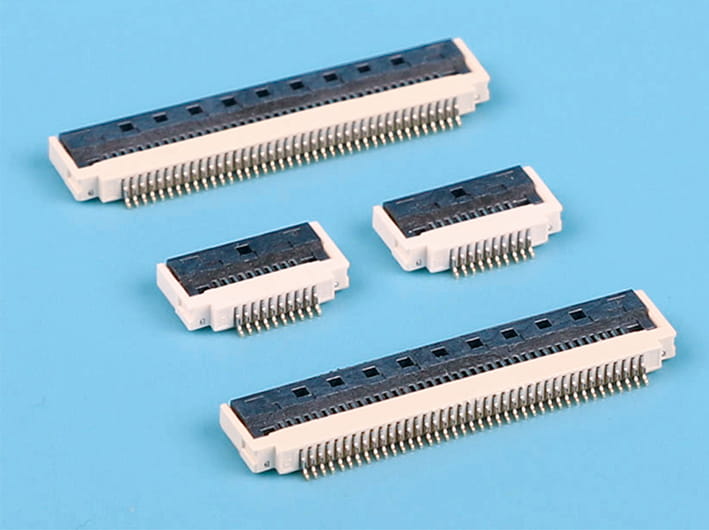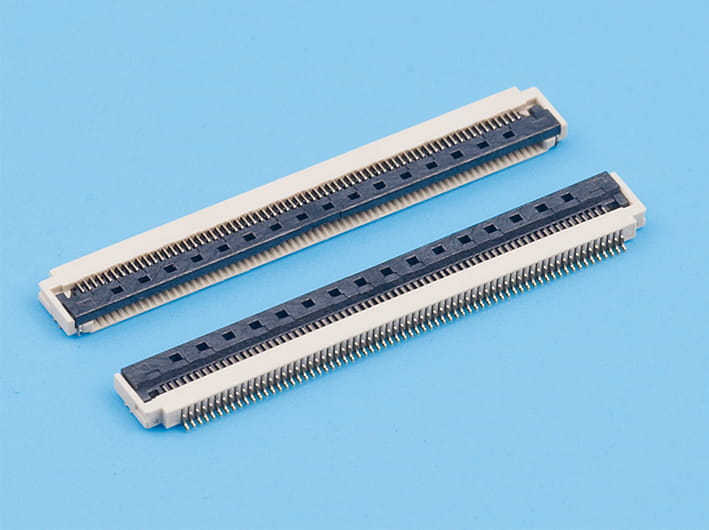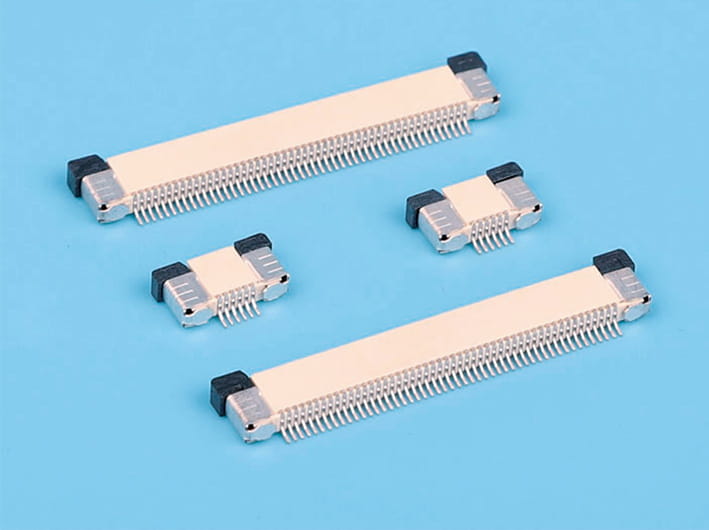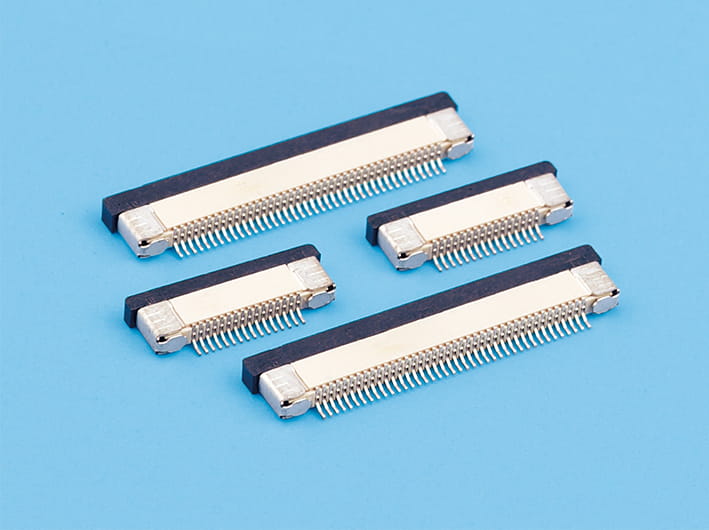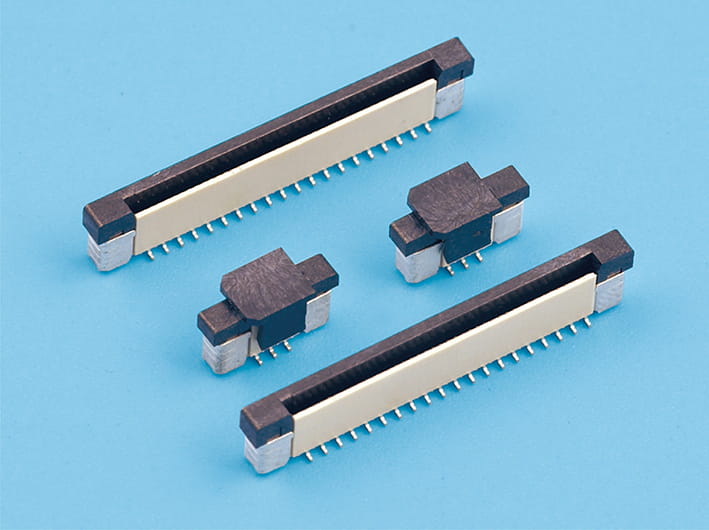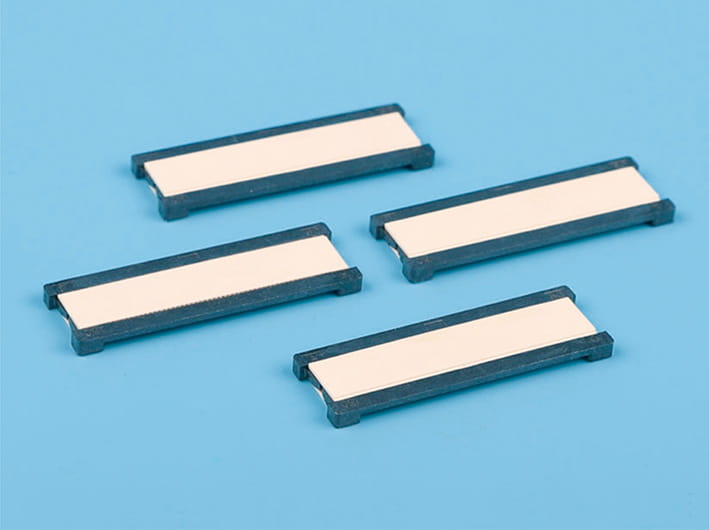Comparing the Advantages and Disadvantages of FFC Ribbon Cable Versus Conventional Round Cables
The Growing Role of Cable Types in Electronics
Selecting the right type of cable is essential for optimizing electronic system performance, especially as devices become more compact and complex. The FFC Ribbon Cable has gained popularity in many applications due to its unique flat and flexible design. However, traditional round cables still dominate certain areas thanks to their robustness and ease of handling. Understanding the advantages and disadvantages of both cable types helps engineers and designers make informed decisions based on their specific application needs.

Advantages of FFC Ribbon Cable Over Round Cables
One of the significant advantages of an FFC ribbon cable is its thin, flat profile, which enables good space savings and allows for neat, organized cable routing in confined environments. This is particularly beneficial in laptops, mobile devices, and other compact electronics where internal space is limited. The flat geometry also reduces electromagnetic interference (EMI) due to the controlled spacing and parallel arrangement of conductors, helping maintain signal integrity.
Additionally, FFC cables provide greater flexibility and bend radius compared to many round cables, which enhances their suitability for dynamic applications involving frequent movement or folding. Their lightweight nature reduces overall system weight, an important factor in portable electronics. Installation and assembly are often simpler, as the cable can be easily aligned and inserted into connectors without tangling.
Disadvantages of FFC Ribbon Cable Compared to Round Cables
Despite these benefits, FFC ribbon cables also have certain limitations. Their flat structure can make them more susceptible to mechanical damage, such as cuts or abrasions, especially in harsh environments. Round cables, with their thicker insulation and robust outer jacket, generally offer good protection against physical impacts, moisture, and chemicals.
Furthermore, round cables can carry higher currents and are better suited for power transmission in many cases due to their thicker conductors and improved heat dissipation. The flexibility of round cables is also multidirectional, whereas FFC cables mainly bend in one plane, which can restrict their use in some complex routing scenarios. Maintenance and repair might be easier with round cables, as individual conductors are more accessible compared to the tightly packed conductors within an FFC cable.
Application Suitability and Industry Preferences
The choice between FFC ribbon cable and round cable often depends on the specific application. FFC cables are favored in consumer electronics, medical devices, and automotive infotainment systems where space constraints and signal fidelity are priorities. Round cables dominate industrial machinery, power distribution, and outdoor installations where ruggedness and environmental resistance are critical.
Designers must also consider connector compatibility, cost factors, and regulatory requirements. FFC cables often require specialized connectors and precise handling, while round cables benefit from widespread availability and standardized terminations.
Making the Right Choice Based on Needs
In conclusion, the FFC Ribbon Cable offers significant advantages in terms of space efficiency, flexibility, and EMI performance, making it ideal for compact, high-speed electronic devices. However, round cables maintain their edge in durability, current capacity, and versatile routing in more demanding environments. A thorough assessment of operational conditions, mechanical stresses, and electrical requirements is essential to choose the suitable cable type for any given application.



 English
English 中文简体
中文简体 Español
Español عربى
عربى